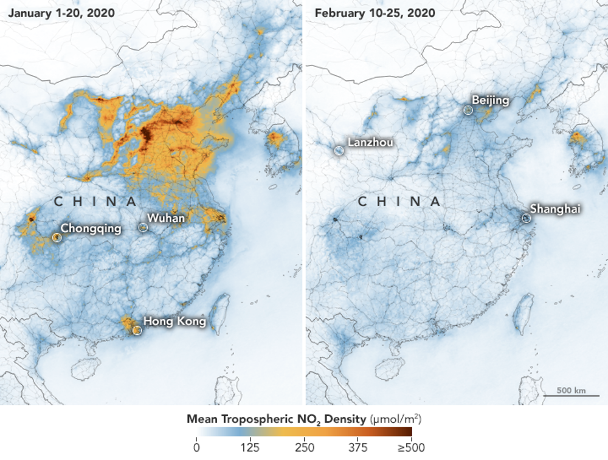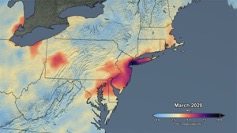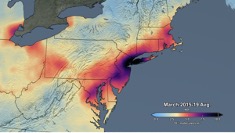The Environmental Impacts of the Coronavirus
Author:Reika Shimomura



The lockdowns due to COVID-19 have imposed severe restrictions on economic activities worldwide. This has brought attention to the correlation between COVID-19 and the short-term reduction of pollution. Further environmental impacts of COVID-19 from an economic perspective are studied by Dieter Helm. Although a few months does not provide enough evidential data, observations from satellites show that there has been a sharp decline in greenhouse gases and a clear improvement the air quality of major cities during the pandemic. The main contributing factors are global reductions in coal-fired power stations and transportation.
According to the European Environment Agency, some European cities had their nitrogen dioxide emissions fall by almost half. This shows the correlation between the pandemic and reduced demand and consumption. The author further discusses the current status of many countries and that growth in GDP and emissions cannot be decoupled from each other. Achieving the Paris Agreement of a 1.5° Celsius limit to global warming is greatly dependent on global consumption. The lesson learned from this pandemic is that weaker fuel efficiency restrictions and a drop in fossil fuel prices may be a threat to climate change after the global lockdowns are eased.
References:
Helm, D. (2020). The environmental impacts of the coronavirus. Environmental and Resource Economics, 76(1), 21-38.